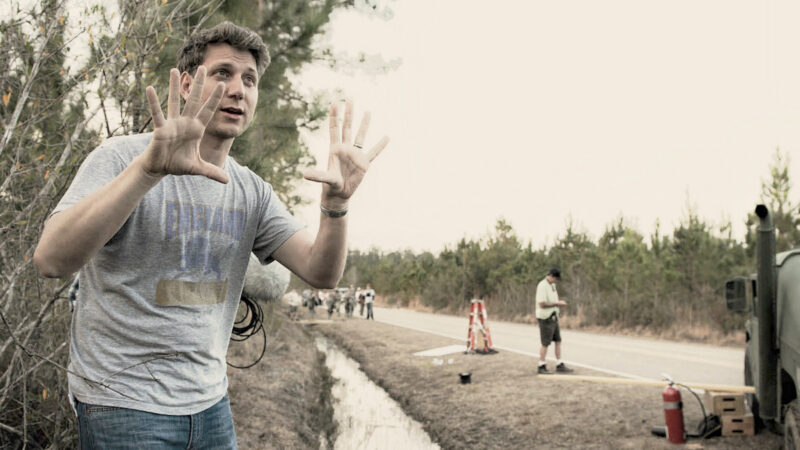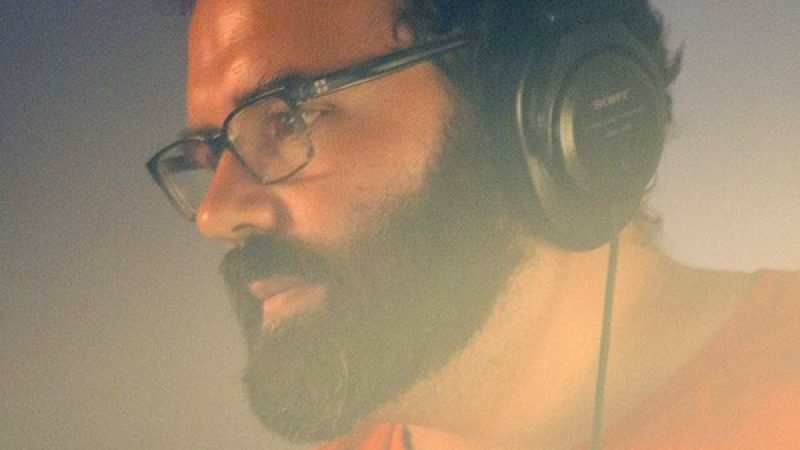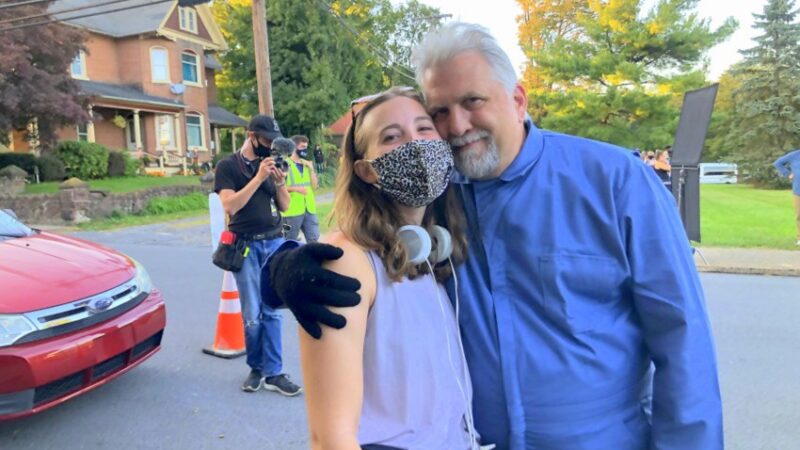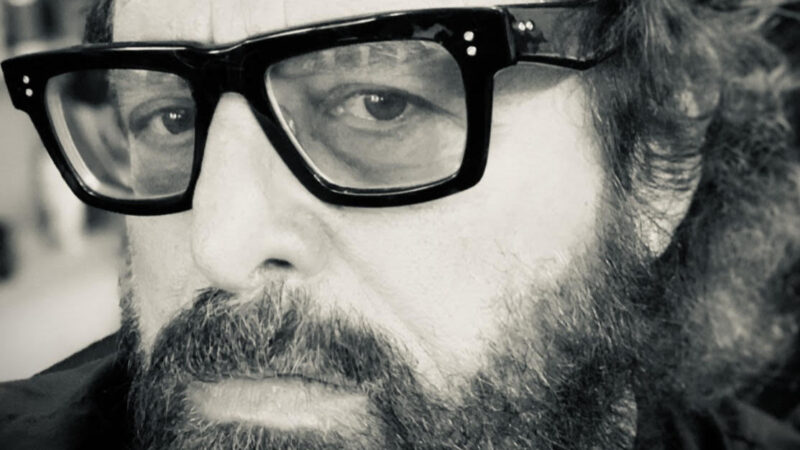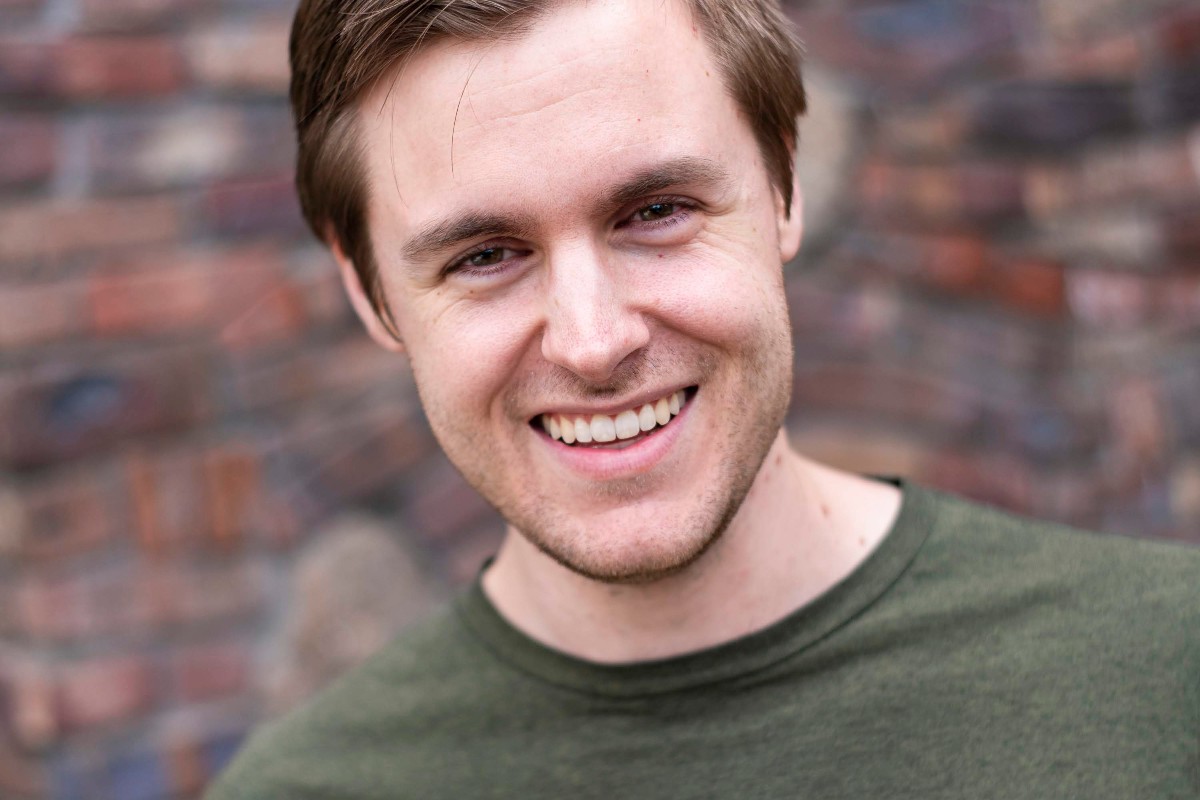
Ross Hartmann is the founder of Kiingo. Kiingo is a company dedicated to teaching writers how to craft the stories of tomorrow. Today writers have more opportunities than ever before and also more competition. They’ve got to learn how to break through the noise—and how to do it in a busy, short-attention-span environment.
We would argue that the key to breaking through is to write stories that transcend those of your peers. You’ve got to write stories that both engage audiences and move them emotionally. That’s where Kiingo’s writing tools and techniques come in. We’ve spent years distilling the specific techniques that help bring great stories to life and we’re sharing them. Not everyone’s at the same place in their writing journey, of course. Some are just beginning and some are seasoned professionals. Toward that end, we try to help writers of all kinds with bite-sized writing tips. We’ve also compiled all of our storytelling secret sauce into a book, The Structure of Story.
indieactivity: How is your book, “The Structure of Story”, different than existing writing craft books?
Ross Hartmann (RH): The Internet is a blessing and a curse. We have at our fingertips more knowledge than ever before, in blogs, videos, podcasts, articles, etc. The tools you need to write great stories are out there! The problem, of course, is that the tools tend to be fragmented and scattered across different sites.
One of the side effects of this fragmentation is that the writing community has no clearly shared nomenclature. We don’t have a common set of terms for our storytelling principles. Is the initial disruption that kicks off a story called the impetus, the inciting incident, the point of first attack, or the catalyst? Is the end of act one called the lock-in moment, plot point one, the predicament, or the dramatic question moment? Is the end of act two called the crisis, the main turning point or the All Is Lost moment? The unfortunate answer is it depends on whom you’re talking to.
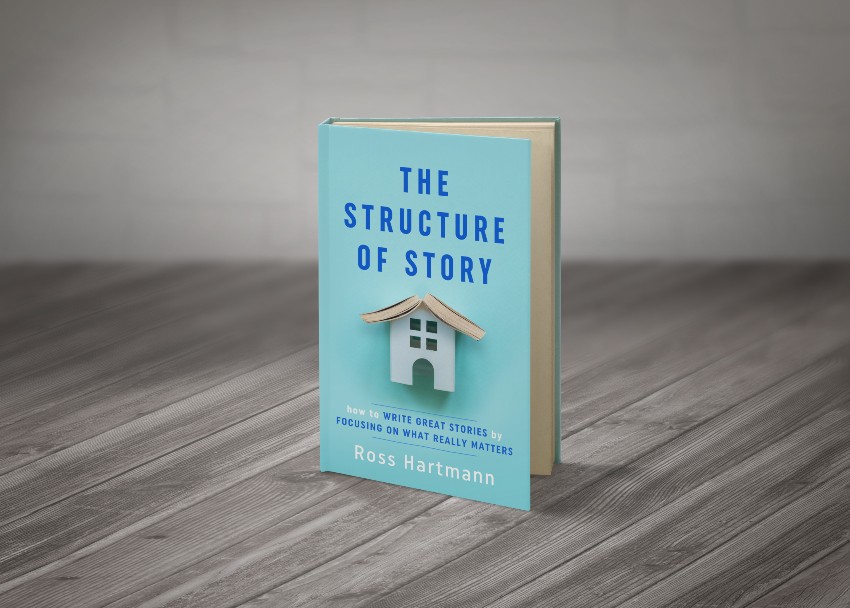
Another challenge with the current state of the storytelling craft is that many books that do attempt to offer a cohesive storytelling framework typically focus on the symptoms of great stories rather than the causes. They focus on the things that happen rather than the reasons they happen. They try to explain the surface reality of stories but fail to dive deeper into the underlying first principles.
There are few resources that give us a clear, structured storytelling framework that reflects the complicated reality of story. The Structure of Story sets out to be a practical, how-to guide where all the most helpful tools used by great writers are compiled into one place.
In The Structure of Story, we set out to overturn the idea of a “one-size-fits-all” approach to storytelling. Not all stories follow exactly the same pattern. Not every story is a Hero’s Journey. Story has nuance.
We also set out to show that there are no storytelling rules. There are, instead, simply storytelling tools. That’s our motto: tools not rules.
What makes a great story?
Ross Hartmann (RH): This question is really at the heart of The Structure of Story. Answering this question is the reason the book exists. And while I certainly can’t give the full answer here, I can give a pretty good start. Stories have two primary tasks: be interesting and be meaningful. A great story is responsible for keeping the audience interested and on the edge of their seats. It’s also responsible for changing the audience’s perception of either themselves or of the world. It helps the audience explore how one should best live one’s life.
The audience approaches a story with these two demands: “Keep me interested. Change me.” It’s the journey and the destination. A great story should be both compelling and life-changing.
And with that, we’ve defined what makes a great story. This isn’t the full picture, of course. The next natural question is: “Okay, but how do we write a story that’s both interesting and meaningful?” This is where our writing tools come into play.
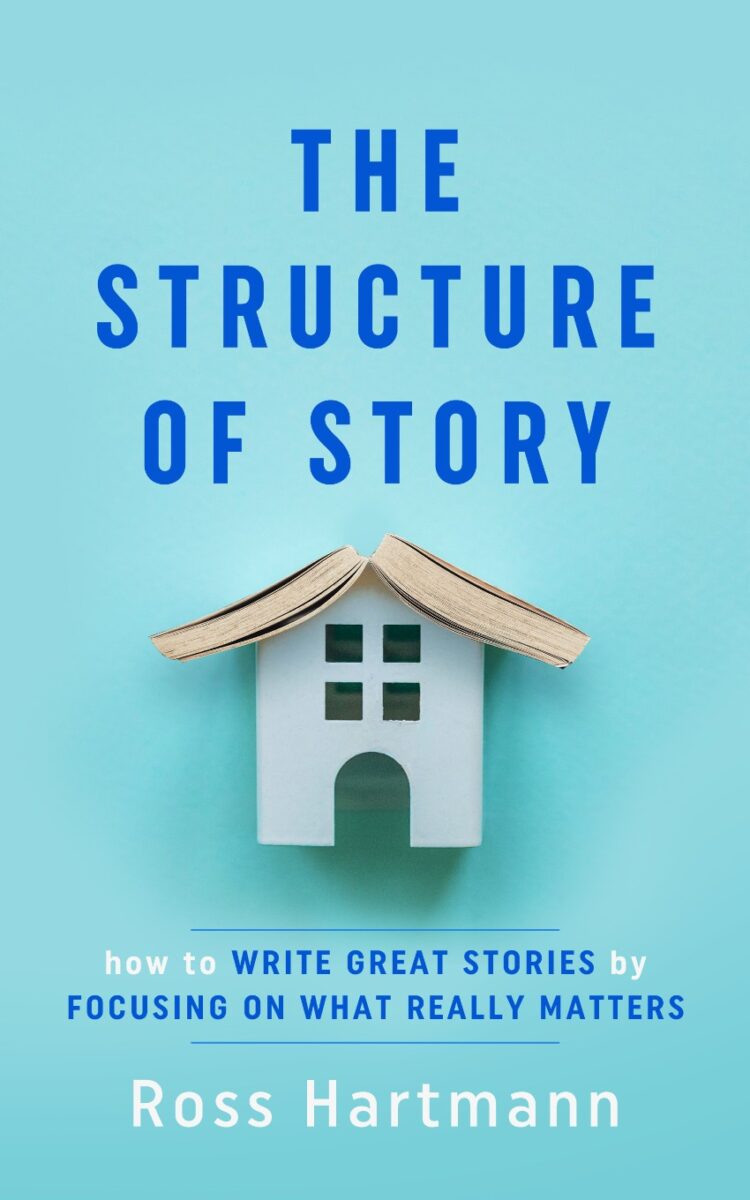
Broadly speaking there are two types of writing tools: the dramatic and the thematic. Our dramatic tools are responsible for engaging the audience and keeping them interested. They include things like suspense, tension, dangling causes, telegraphing, mystery, surprise, etc. Our thematic tools, on the other hand, are responsible for creating meaning in a story. These tools include things like character arcs, clone characters, life experiences, relationships, etc.
One of our tasks as writers is to expand our storytelling toolbox. We need to learn the tools that can help us craft a great story. And we need to learn when to use them.
How does one overcome writer’s block?
RH: For me, it’s most helpful to think of writer’s block as a practical problem rather than a problem of inspiration. When it comes down to it, writer’s block is simply an inability to answer the question, “What do I write next?” And that question is not an unanswerable one. We need not be left feeling helpless in the face of that question.
In essence, writer’s block arises from a lack of information. Sometimes it’s a lack of a clear picture about the protagonist’s arc, about the story world, or about the theme. And many times it’s a lack of the necessary tools needed to write a plot that almost writes itself.
In many stories, we can think of plot as a sophisticated duel between the protagonist and antagonist. This doesn’t necessarily mean that the antagonist is a villain, of course, but it does mean that they oppose the protagonist’s goal, whether intentionally or incidentally.
Plot arises when each player (the protagonist and the antagonist) enacts their plan. Because the two characters are opposed, each plan disrupts the other’s plan, creating problems and sometimes unforeseen opportunities. In short, writer’s block can result from not having enough writing tools in one’s toolbox.
Introduction to Story Structure – An Intro to Story – Episode 4
What’s the future of Kiingo?
RH: Our mission continues to be to help writers craft great stories. To that end, we’ll be creating new writing tools that integrate seamlessly with existing writing processes. Specifically, we’re working on new writing tools for the research and drafting phase. We’ve got some software ideas that could be quite a game-changer. Sign up for our newsletter to stay up to date.
We’ll also continue to provide new writing techniques that help writers grow their storytelling toolbox. This includes new courses and workbooks on story structure, character arcs, themes, pacing, twist endings, etc. Storytelling is a never-ending process. We’ll be there to help writers.
Tell us what you think of the interview with Kiingo. What do you think of it? What ideas did you get? Do you have any suggestions? Or did it help you? Let’s have your comments below and/or on Facebook or Instagram! Or join me on Twitter.
Follow Kiingo Creative on Social Media
Website
Pinterest
Facebook
Twitter
Instagram
YouTube
MORE STORIES FOR YOU
The Key Facts Behind How Jeff Nichols Made The Indie Hit MUD
Jeff Nichols gives himself directorial challenges to master on every project.
In Conversation with Michael Oblowitz Director of Confidential Informant
Confidential Informant stars Mel Gibson, Dominic Purcell, and Kate Bosworth

